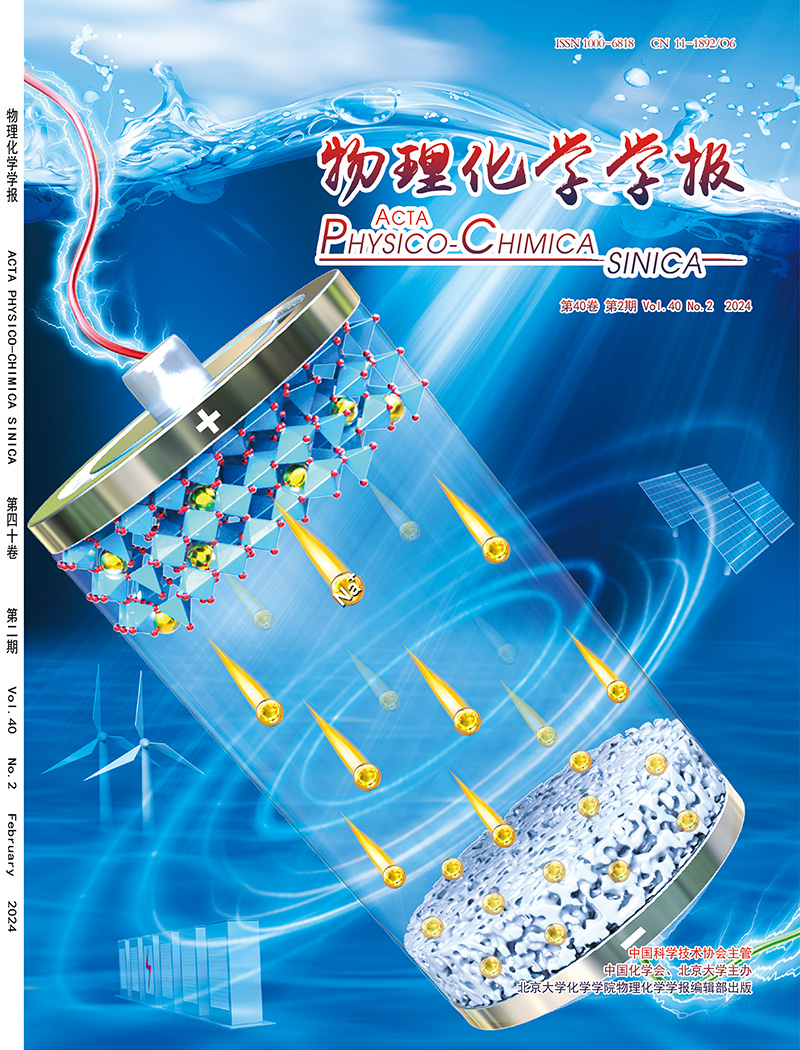Accelerated Interfacial Electron Transfer in Perovskite Solar Cell by Ammonium Hexachlorostannate Modification and fs-TAS Investigation
IF 10.8
2区 化学
Q1 CHEMISTRY, PHYSICAL
引用次数: 0
Abstract
Organic-inorganic halide perovskite solar cells (PSCs) have received widespread attention due to their outstanding photovoltaic performance and straightforward preparation process. However, charge recombination at the interface is a crucial factor limiting further enhancement of the power conversion efficiency (PCE) of the PSCs. In this study, we report the interfacial modification between the electron transport layer and the perovskite film (PSK) using ammonium hexachlorostannate (AH) crystals synthesized via the room temperature spin-coating method. AH as an inorganic tin-based perovskite material, can passivate defects in the PSK and establish a better lattice match, thereby enhancing the quality and crystallinity of the PSK. Kelvin probe force microscopy results confirm that AH promotes the directional migration of photogenerated electrons. Femtosecond transient absorption spectroscopy results verify that AH effectively shortens the lifetime of electron extraction and facilitates interfacial electron transfer. Based on the benefits of AH modification, AH-based PSCs exhibit higher PCE and reduced hysteresis effect.
- Download: Download high-res image (104KB)
- Download: Download full-size image
六氯斯坦酸铵改性钙钛矿太阳能电池加速界面电子转移及fs-TAS研究
有机-无机卤化物钙钛矿太阳能电池(PSCs)因其优异的光伏性能和简单的制备工艺而受到广泛关注。然而,界面处的电荷重组是限制PSCs功率转换效率进一步提高的关键因素。在这项研究中,我们报道了用室温自旋镀膜法合成的六氯斯坦酸铵(AH)晶体对电子传输层和钙钛矿膜(PSK)之间的界面进行修饰。AH作为一种无机锡基钙钛矿材料,可以钝化PSK中的缺陷,建立更好的晶格匹配,从而提高PSK的质量和结晶度。开尔文探针力显微镜结果证实,AH促进了光生电子的定向迁移。飞秒瞬态吸收光谱结果验证了AH有效缩短了电子萃取寿命,促进了界面电子转移。基于AH改性的好处,基于AH的psc具有更高的PCE和更低的迟滞效应。下载:下载高清图片(104KB)下载:下载全尺寸图片
本文章由计算机程序翻译,如有差异,请以英文原文为准。
求助全文
约1分钟内获得全文
求助全文

 求助内容:
求助内容: 应助结果提醒方式:
应助结果提醒方式:


